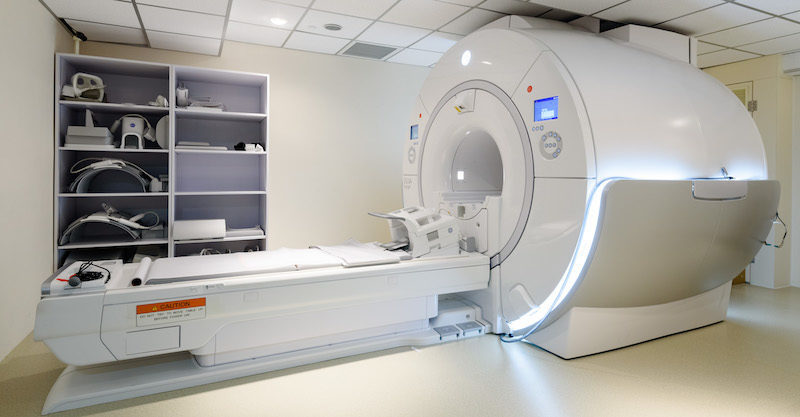NEUROSURGERY is a highly specialized surgical subspecialty that involves i) medical treatments ii) physical treatments iii) interventional or endovascular procedures and iv) minimally invasive microsurgeries for treating a very wide spectrum of clinical conditions and diseases that happen at our BRAIN and SPINE. Among all, treating STROKE and PAIN are the basics of Neurosurgery daily practices.
In the other words, NEUROSURGEONs, with their knowledges and trainings, together with their sophisticated micro-instruments, utilize their operative skills under the microscope, they treat wide spectrum of clinical conditions and diseases that happen along human nervous systems and its surrounding tissues; skull, spinal column, vessels and related tissues.
The followings are the summary of the common routines in Neurosurgical Practices:
with numbness, pain, weakness at arms or legs, sciatica pain at legs.
with spinal cord or cauda equina nerves compressions, causing pain, numbness, weakness at arms or legs, disturbed gait, disturbed urinary habit and bowel habits, disturbed sexual function.
with back pain, nerves compressions, spinal instability or scoliosis:
Minimally Invasive Spine Fusion Surgery under Microscope:Among all Neurosurgeries, minimally invasive spine surgery (MIS Spine Surgery) are the microsurgeries that Neurosurgeons most commonly perform among their routines.
For all spine surgeries, Neurosurgeons apply their knowledges of nervous system and spinal column, and also their microsurgical skills and techniques, together with their micro-instruments of brain surgeries. Sometimes, Neurosurgeons may also add the technique of Continuous Intra-Operative Neural Monitoring (IOM) to monitor the nerve signal transmission function along brain, spinal cord and nerves during surgery, so as to assure patients’ good neurological outcome in spine surgeries.
With the ever-advancing Medical Technology, seeking a second medical opinion is now the standard practice for all kinds of medical diagnoses. Getting a second medical opinion from another Medical Expert is a decision-support tool for ratification or modification of the medical suggestions from other doctors.
Second medical opinion may have critical impacts on the disease outcome by influencing the followings, namely 5Cs:
Brain tumors can be subdivided into non-cancerous benign tumor and malignant cancerous tumor. If a tumor is originated within brain compartment ......
Tumors can develop in the vertebrae, nerves, and other tissue throughout your spine. Some spine tumors, such as astrocytomas, occur more commonly in children and adolescents......
Given the disease burden of strokes, prevention is an important public health concern. As stroke neurosurgeons, we do not want to treat stroke unless we are forced to do so for acute stroke ......
Brain tumors grow and compress normal brain tissue. Both benign and malignant tumors can cause swelling of the brain and raised intracranial pressure. Headache, dizziness....
The SIGNA Voyager – State of the Art 1.5T wide-bore MRI, provides the most comfortable, swift and quiet experience for users.
GE’s proprietary SilentScan technology dramatically reduces scanning noise and includes a Silent Neuro Package with Diffusion Weighted Imaging (DWI), which delivers a completely silent neuro exam, and expanded spine and musculoskeletal imaging.
The wide and low Comfort Plus table and open 70cm design allows patients to rest freely while affording easy access and a comfortable scanning experience.
Our MRI equipment can provide the following services:
Most radiologists agree that MRI is the best diagnostic tool for evaluation of the Central Nervous System (brain and spinal tumor). In patients suffering from stroke, Diffusion Weighted Scan permits almost immediate visualization of the part of the brain that is not getting adequate blood flow, and allows faster treatment to prevent permanent cell death.
Spine MRI provides detailed pictures of hard-to-view areas of the spine, including the spinal canal, bony segments, and soft tissue. It can pinpoint problems and show up the exact location of tumors in the spine, spinal cord, or disks. It is an important diagnostic tool for patients suffering from pain or numbness in the back or in the limbs.
MRA provides a noninvasive method to study blood vessels, such as the carotid, pulmonary, peripheral and renal arteries and the aorta. The test minimizes the needs of invasive procedures such as Conventional Angiogram and avoids older radiological techniques that require puncturing major vascular structures.
